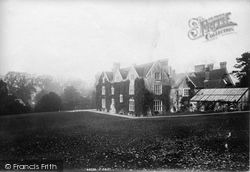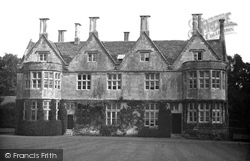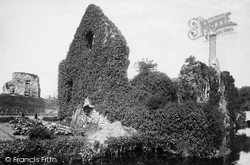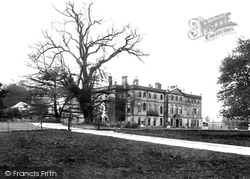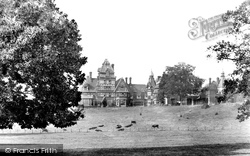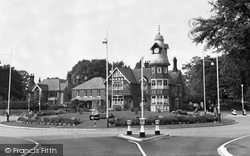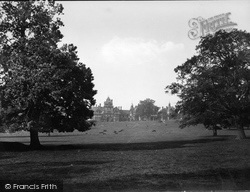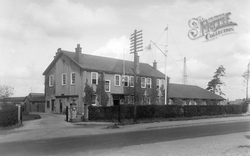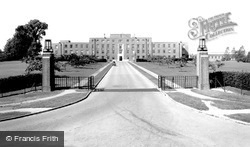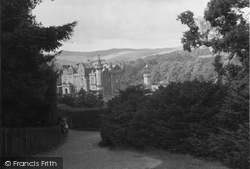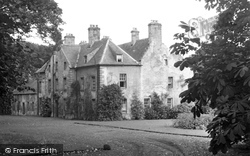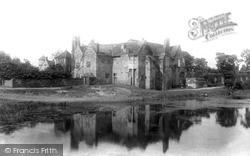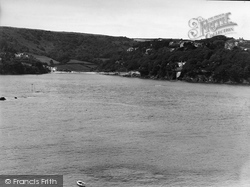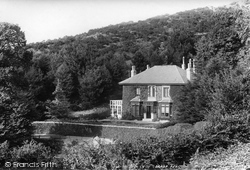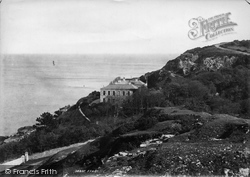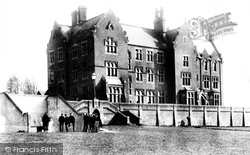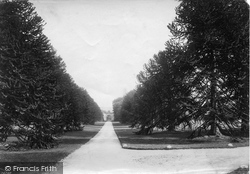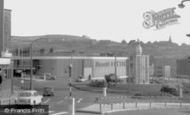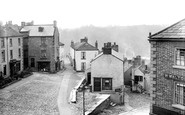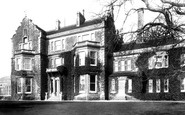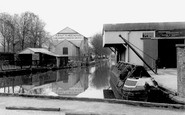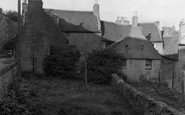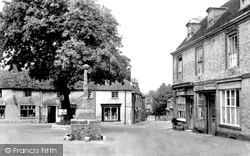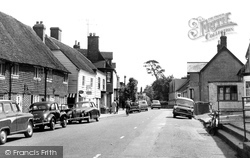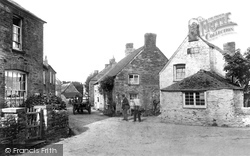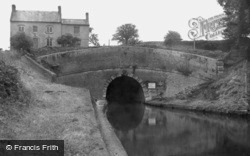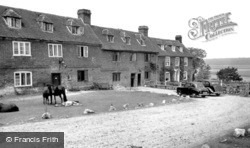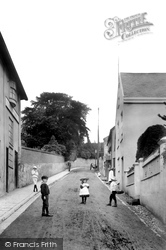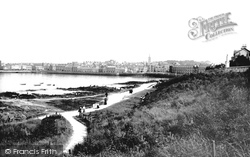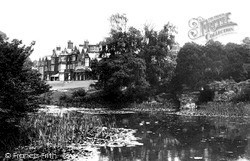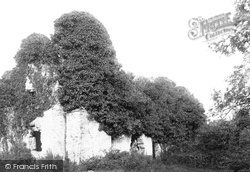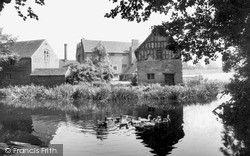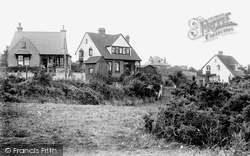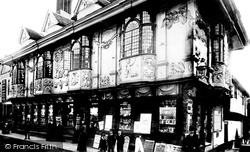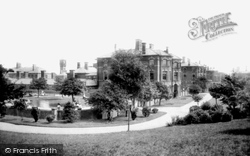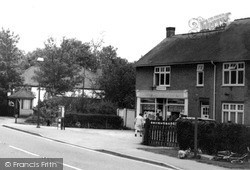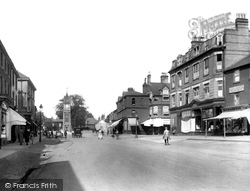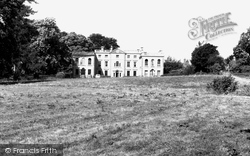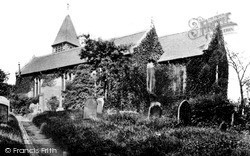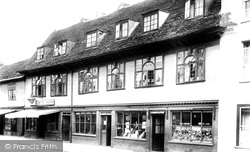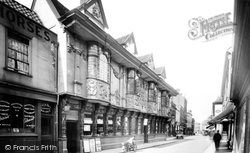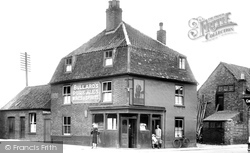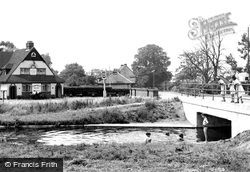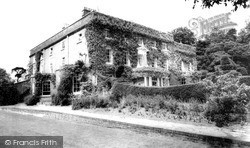Places
36 places found.
Those places high-lighted have photos. All locations may have maps, books and memories.
- Chatsworth House, Derbyshire
- Osborne House, Isle of Wight
- Brambletye House, Sussex
- Ickworth House, Suffolk
- Kingston Lacy House, Dorset
- Boscobel House, Shropshire
- Preshute House, Wiltshire
- Bolton Houses, Lancashire
- Brick Houses, Yorkshire
- Quaking Houses, Durham
- Water Houses, Yorkshire
- Bottom House, Staffordshire
- New House, Kent
- Mite Houses, Cumbria
- Lyneham House, Devon
- Church Houses, Yorkshire
- Dye House, Northumberland
- Spittal Houses, Yorkshire
- Street Houses, Yorkshire
- Tow House, Northumberland
- Halfway House, Shropshire
- Halfway Houses, Kent
- High Houses, Essex
- Flush House, Yorkshire
- White House, Suffolk
- Wood House, Lancashire
- Bank Houses, Lancashire
- Lower House, Cheshire
- Marsh Houses, Lancashire
- Chapel House, Lancashire
- Close House, Durham
- Guard House, Yorkshire
- Hundle Houses, Lincolnshire
- Hundred House, Powys
- Thorley Houses, Hertfordshire
- School House, Dorset
Photos
6,747 photos found. Showing results 1,321 to 1,340.
Maps
370 maps found.
Books
Sorry, no books were found that related to your search.
Memories
10,362 memories found. Showing results 661 to 670.
Pellon Lane Area In The 1950s
I used to live just off Commercial Road on Gibson Street in the 1950s. The houses were very basic with a living room, a bedroom, attic and cellar. We shared a toilet with another family which was at the end of the ...Read more
A memory of Halifax by
Luther Paxton Plumber
The building jutting out into Castle Hill on the left upper of this picture is no. 17 and was my Great Uncle Luther Paxton's plumbers shop. The shop was on the ground floor and he and his wife, Amy lived on the upper two ...Read more
A memory of Richmond in 1948 by
Welsh Girl From Six Bells
Born in Abergavenny in Dec/ 1951. Brought home to my Nanna's house who we lived with in 1 Lancaster Street where my family lived. Dad worked down the six bells pit at the time, and I have fond memories while I was growing ...Read more
A memory of Six Bells in 1958 by
Carrog Memory, As A Ww2 Evacuee.
I first visited Carrog in 1939 as an evacuee, at the start of World War 2. I was accompanied by my two sisters, having travelled by train from Birkenhead on the Wirral. All the evacuees were escorted to the Church Hall ...Read more
A memory of Carrog in 1940 by
Hanmer Family
My grandmother, Sarah Jane Hanmer, was born a twin in Eyton in 1910, her mother, also Sarah Jane Hanmer, is buried there. They were a large family, and my great-grandfather was a farmer. All the children went ...Read more
A memory of Eyton in 1910 by
Castle Hill House
This is Castle Hill House bought that year by Augustus Brandt of William Brandt's and Sons bank, my Great Grandfather. Mostly now demolished, and the rest converted into flats.
A memory of Bletchingley in 1910 by
Valence Park
During the 1940's my Mother worked as a part time Park Keeper at Valence Park, I and my older sister spent many hours in the park, it was the safest place to be during an air raid, I remember the doodle bug hitting the houses in ...Read more
A memory of Dagenham in 1944 by
Growing Up In The War Years In Prees & Whitchurch
Although I was born in Whitchurch [Bark Hill], we moved to Prees soon after. However, I was sent to stay with my grandmother most weekends and for a period I was sent to the Wesleyan school. My ...Read more
A memory of Whitchurch in 1940 by
Bombing Of Morland Avenue
Written by my mother when she was 70. She lived in Swaisland Road I think one of the things you would have noticed was the number of barrage balloons all around, high in the sky. The first sound of guns which we heard was ...Read more
A memory of Dartford in 1945
Old House On Harbour Road
The house on Harbour Road was where I lived with my parents and sister for approx two years. We lived in one room in the gable end, then we were moved to the other end which was three rooms in a row. We lived there till ...Read more
A memory of Kinghorn in 1941 by
Your search returned a large number of results. Please try to refine your search further.
Captions
6,914 captions found. Showing results 1,585 to 1,608.
In 1794 a very large barracks was built just north of the village; it was used to house militia during the Napoleonic Wars. After the First World War, the barracks were closed and demolished.
The Clergy House, a 14th-century timber-framed and thatched hall house, is in the care of the National Trust and is open to visitors.
Nearby stands Batemans, a 17th-century iron-master's house, the home of Rudyard Kipling for many years. Several fine period dwellings survive in the village.
This building also housed management dining facilities, the Social Club, and private meeting rooms.
A lone farm wagon trundles between the houses in a village built of local slate. Only some chimneys and window surrounds are finished in brick.
The imposing house over the entrance was home to the tunnel keeper. In the 1920s Harry Webb was the occupant; with three colleagues, he carved a new pulpit for Welton church.
The last house in the terrace was the master shipbuilder's house, now a pub. On the opposite side of the cottages is another almost identical row.
Opposite, however, the scene is intact, including the front wall of the White House (right), the gable-end of the Lodge, and at a dental surgery behind.
This is the view the big houses saw, with the new rows of houses which had helped to add nearly 50% to the town's population in ten years.
The estate in which the house stands is very beautiful, its heath and forest land described as a 'piece of Scotland south of the Tweed'.
Scotsborough House was the home of the Perrott family from c1300 to 1614, wherupon it became the home of Rhys ap Thomas.
The view of teh back garden across the moat, the Georgian chapel on the left and the Malt House on the right.
Here we see newer housing in a location on top of the Downs, amongst gorse bushes. Wooden sheds stand in the gardens.
When this photograph was taken, the richly pargetted Ancient House, which dates back to medieval times, was occupied by Fred Pawsey, selling books and stationery.
The site, however, now houses the town's general hospital on Victoria Road.
The house and shop were possibly built in the 1930s. The busy post office is also a Spar shop. Nearby is a nicely framed bus shelter.
This street, broad and uncluttered by traffic, is lined with Georgian and Victorian houses, and dominated by the splendid Victorian clock tower at the far end.
Admiral Malin occupied the house in 1854, but its ownership changed when a local racehorse dealer, Sir Richard Brooke, took over; he transformed the mansion by adding two wings and building historic
Admiral Malin occupied the house in 1854, but its ownership changed when a local racehorse dealer, Sir Richard Brooke, took over; he transformed the mansion by adding two wings and building historic fireplaces
The Coffee Tavern came into being around thirty years previously - in an attempt to provide people with an alternative to nearby public houses.
On the corner with St Stephen's Lane stands the Ancient House, a remarkable building which is probably the best surviving example of medieval pargetting - decorative plasterwork - in Britain.
The architecture is vaguely Dutch, in line with that of many East Anglian houses, with its double pitch roof.
Perhaps their parents are seeking a different kind of refreshment in the nearby Rising Sun public house.
This beautiful house, still privately owned, was built in 1760 and is little changed, although the ivy that covers the building here has now been removed.
Places (80)
Photos (6747)
Memories (10362)
Books (0)
Maps (370)




